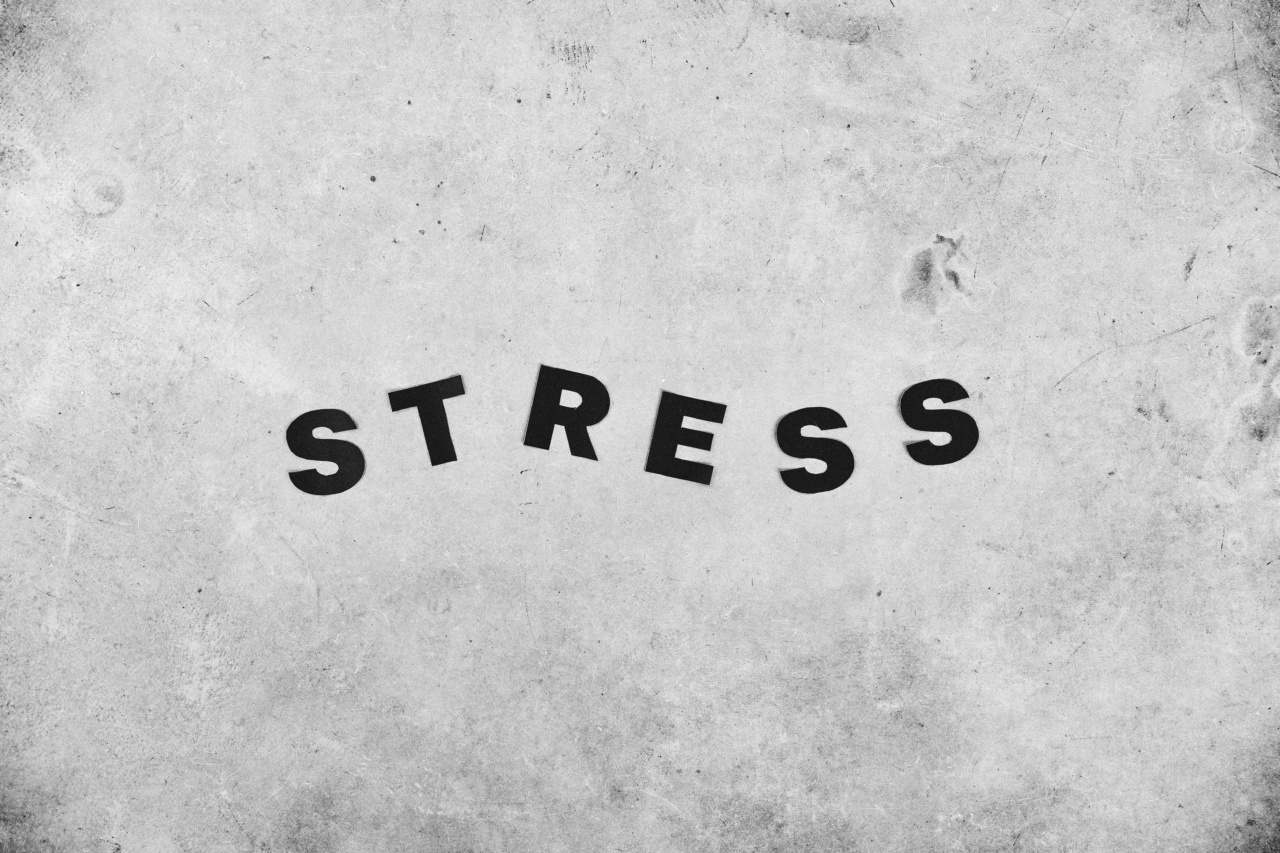Anxiety can be a debilitating mental health condition that affects millions of individuals worldwide. It can make even the simplest tasks feel overwhelming and lead to a constant state of unease.
While there are various treatment options available, one simple and effective method to reduce anxiety is through controlled breathing exercises. By focusing on your breath and practicing these three simple techniques, you can learn to manage and alleviate anxiety symptoms.
The Importance of Breathing for Anxiety Relief
Most people tend to take short and shallow breaths when they are experiencing anxiety. This type of breathing pattern further exacerbates the symptoms by increasing heart rate and activating the body’s stress response.
On the other hand, deep and controlled breathing triggers the body’s relaxation response, which can help counteract the effects of anxiety.
1. Diaphragmatic Breathing
Diaphragmatic breathing, also known as belly breathing, is a technique that involves engaging your diaphragm to take slow, deep breaths.
This type of breathing helps activate the body’s relaxation response, promoting a sense of calmness and reducing anxiety. To practice diaphragmatic breathing:.
- Lie down on your back or sit in a comfortable position.
- Place one hand on your chest and the other on your abdomen.
- Take a slow breath in through your nose, allowing your abdomen to rise as you fill your lungs with air.
- Exhale slowly through your mouth, feeling your abdomen fall as you release the breath.
- Repeat this process for several minutes, focusing on deepening and lengthening each breath.
2. Box Breathing
Box breathing is a technique that involves four equal-length breaths, creating a box-like pattern. This technique helps regulate your breathing and can be a powerful tool to reduce anxiety. Here’s how to practice box breathing:.
- Sit in a comfortable position or find a quiet space to practice.
- Take a slow breath in through your nose, counting to four.
- Hold your breath for a count of four.
- Exhale slowly through your mouth, counting to four.
- Hold your breath for a count of four.
- Repeat this pattern for several minutes, maintaining the same count for each phase.
3. 4-7-8 Breathing
4-7-8 breathing is a technique developed by Dr. Andrew Weil, a renowned integrative medicine practitioner. This method involves inhaling for a count of four, holding the breath for a count of seven, and exhaling slowly for a count of eight.
4-7-8 breathing helps release tension and promote relaxation. To practice this technique:.
- Sit in a comfortable position, with your back straight and your eyes closed.
- Place the tip of your tongue against the ridge of tissue just behind your upper front teeth.
- Inhale quietly through your nose to a mental count of four.
- Hold your breath for a count of seven.
- Exhale completely through your mouth to a count of eight.
- Repeat the cycle three more times, for a total of four breaths.
Incorporating Breathing Exercises into Your Daily Routine
Learning these breathing techniques is just the first step toward reducing anxiety. To make the most of these exercises, it’s essential to incorporate them into your daily routine. Here are a few tips:.
- Schedule dedicated time each day to practice breathing exercises. This can be in the morning, during a work break, or before bed.
- Find a quiet and comfortable space where you can practice without distractions.
- Combine breathing exercises with mindfulness or meditation for enhanced relaxation benefits.
- Use audio guides or apps to help guide your breathing practice, especially if you’re a beginner.
The Benefits of Regular Breathing Practice
Regular practice of these breathing exercises can have numerous benefits for anxiety relief:.
- Reduces the symptoms of anxiety by activating the body’s relaxation response.
- Improves focus and concentration by directing attention to the breath.
- Enhances self-awareness and mindfulness.
- Promotes a sense of calmness and tranquility.
- Helps regulate heart rate and blood pressure.
- Provides a coping mechanism during stressful situations.
Conclusion
Anxiety can significantly impact an individual’s quality of life, but by incorporating simple breathing exercises into your daily routine, you can effectively manage and reduce anxiety symptoms.
Practice diaphragmatic breathing, box breathing, and 4-7-8 breathing to tap into the power of your breath and create a sense of calmness and relaxation. Remember, consistent practice is key, so set aside dedicated time each day to prioritize your mental well-being.































